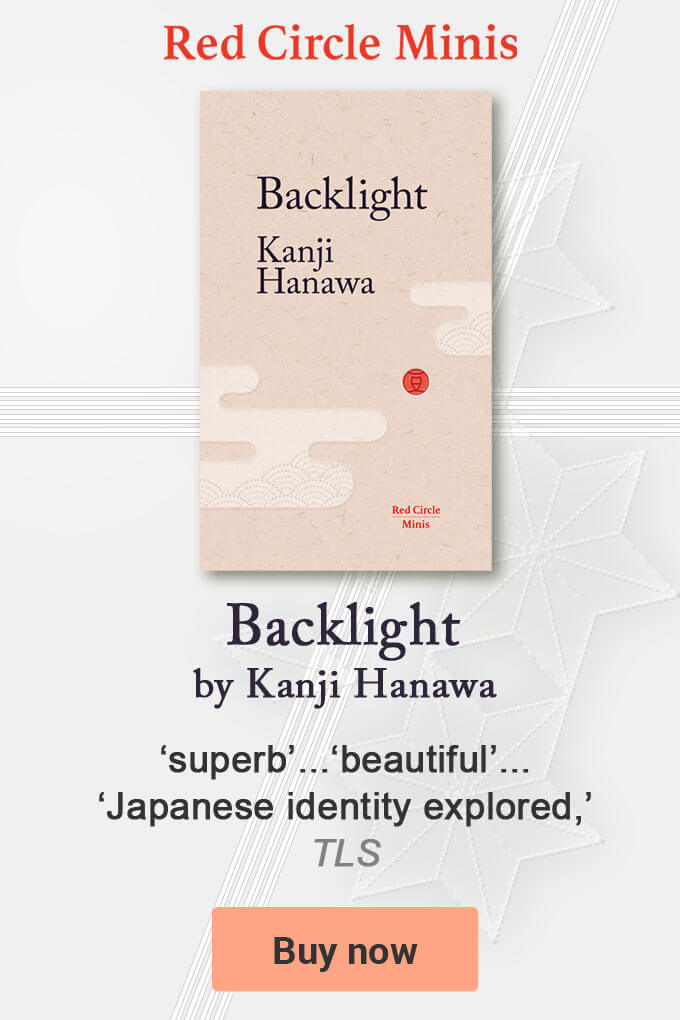- Cats
Japan’s first ‘I-novels’ were written and published in 1906 and 1907[UPDATED: 6-3-2021]
The I-novel also known as watakushi shosetsu, is a type of confessional autobiographical Japanese novel generally written in the first person.
The very first ones are said to have been Hakai, Broken Commandment by Toson Shimazaki (1872-1943) and Futon, The Quilt, by Katai Tayama (1872-1930), published in 1906 and 1907, respectively.
The genre, however, was only defined retrospectively after their publication and the term, I-novel (watakushi shostesu), did not in fact appear, according to historians, until 1920-21. Today the genre is known outside Japan in its broadest sense by the rather voguish term autofiction.
Though an important and well-known genre within Japanese fiction, a clear definition still feels a little elusive. The genre falls broadly into two categories: confessional novels; and mental state novels, which focus on an author’s observations, attitudes and thoughts.
One of the earliest essays to define the I-novel was published in 1925 by Koji Uno (1891-1961) Watakushi shostesu shiken, My personal View of the I-novel.
According to Narrating the Self: Fictions of Japanese Modernity by Tomi Suzuki, some have tried to define the I-novel thematically, while others as a direct and faithful transcription or confession of an author’s personal life.
Having said all this, there are some I-novels that have been written in the third person. But others deliberately avoid the use of the word, I, watakushi, in their prose.
Interestingly, some Japanese authors decided that the best approach to becoming a successful and famous I-novel author was to live an odd or outrageous life, and then writing about it.
A contemporary example of the genre is The Guest Cat by the poet Takashi Hiraide, which became a New York Times bestseller following its publication in English in 2014.
This book, about a writer, his wife – a proofreader and a regular feline visitor, has now been published in at least 15 languages, and is sometimes translated from English as well as the original Japanese.
This is something that has perplexed the author who was aware that the English edition had used the word I while he had consciously avoided the use of the Japanese word for I – watukushi in the original Japanese, making the novella, for him at least, an I-novel.
There is, in fact, a long tradition in Japan of writing about personal experiences and observations. It’s a tradition that goes back long before the very first I-novels appeared. One such publication is Essays in Idleness, written in 1330 by Kenko Yoshida (1284-1350).
It is a collection of 243 short essays or notes written almost like a stream of consciousness that continues to captivate to this day. Indeed, it is still widely studied; and is considered one of the definitive books on Japanese aesthetics.

